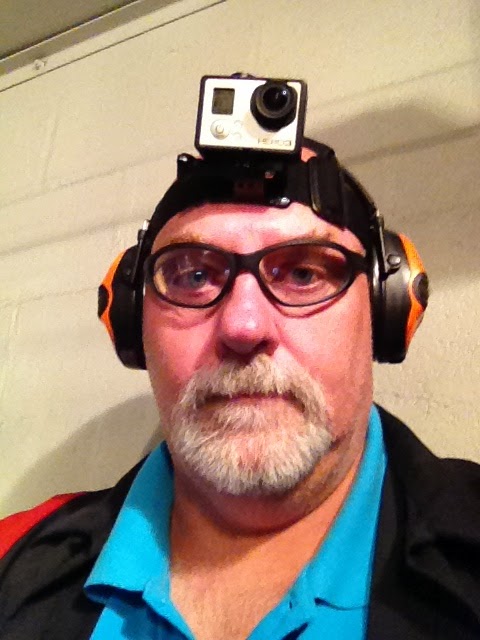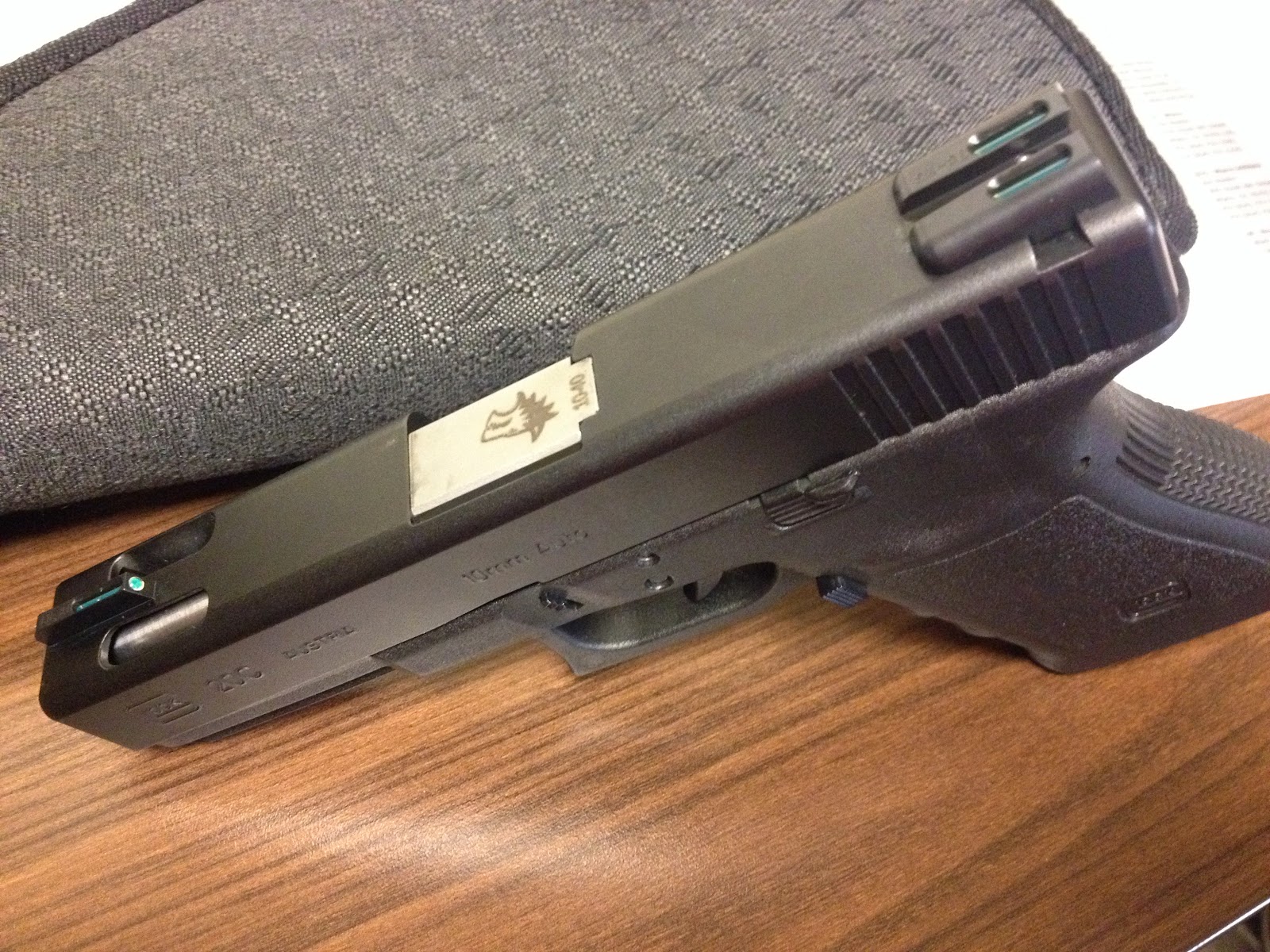Counting down the hours to my first really big match, the CompTac Republic of Texas State IDPA Championship. There will be 250 shooters on twelve stages and a quick glance through the match booklet shows most are 17-18 round stages totaling over 200 rounds. Lotsa bang-bang.
To that end, I seem to have (most likely) solved the occasional failure to go into battery that I had at the last local match. Those rounds were a little short in OAL, 1.118 to 1.122 from a sample of 5 kinda random cartridges from each of three boxes. I experimented with the gauge block and to some degree with the chamber on my Lone Wolf barrel and round that 1.130 – 1.135 was about the maximum OAL that would drop freely into and out of the gauge block. The chamber in the barrel is even a little more forgiving. I have not had the opportunity to fire any of them (and probably wont get a chance before the match) but I hand cycled 45 rounds through the pistol without a single failure to go into battery or jam. We’ll see, but I am cautiously optimistic.
In loading up for this match, I wanted to ensure I had the least opportunity for ammo related failure, so I would load up my output box full, gauge them all and set aside any rounds that didn’t gauge the first time through. Most of the time, out of the 70 or so cases that the press can hold at one sitting, 40 or so would gauge the first time. Of the remaining 30, almost all stuck on a case bulge and could be fixed by running through the Bulge Buster. The remaining few turned out to be a little long, 1.140 to 1.150. Running singly through the seating and crimping died fixed most of these. Seems like there would usually be one or two that none of the above would address, but those cartridges are noticeably… lumpy. Not really deformed, but not smooth either. Maybe the wall of the brass is too thick or maybe not cleaned well enough. Maybe they were over length and the crimping step buckled them. Maybe those particular bullets are oversize. In any case, I have a special box for plinking rounds. They should not be dangerous, but they might have feeding problems, so I don’t want them to land in a box of ammo for a match.
There was one trend that was hard to ignore. A noticeable percentage of cartridges that fell through all the correction procedure and ended up in the plinker box are headstamped Geco. I didn’t really analyze whether there were also a lot of Geco cases that passed, but I did notice a lot in the fails.
When I am less rushed, I will dig through the brass and compare these to others to see if I can find a common issue.
Using this QA procedure, I loaded up 300 rounds of what should be reliable ammo. They are Rainier 165 grain Round Nose Flat Point bullets over 4.5 grains of Titegroup in mixed previously fired brass. I have not chrono’d this, but I expect it to be around 950 FPS and 155 power factor. This is the same load I shot at the last local match and except for the couple of issues with rounds not going fully into battery, they performed well. The pistol is pretty clean, with only an inch or so of light smudging at the muzzle and a remarkably clean chamber and ejection port.
I finally bought a proper concealment vest, a Rothco Plainclothes, in basic black. These types of vest conceal your weapon well, but they are not called “shoot me first” vests for no reason. They hide the weapon but they also scream “I’m hiding a weapon”. Or maybe it screams “I’m hiding 19 rolls of film, 3 cameras, two tripods and a portable darkroom”. In any case, I don’t think it will see much street use for me. With 7 pockets inside and 16 (!) outside, I can picture the last few seconds of my life looking like I’m picking fire ants off me while searching for the particular pocket I put whatever that thing was into. In any case, it’s comfortable and it hangs and swings well for drawing and holstering, and that is why I needed one. Maybe it will help the SOs be less nervous when I reholster at the end of a stage because my Dickies shirt cover can be flimsy.
On the airsoft front, WalMart supplied a couple of useful trinkets.
First, I got a cute yet useful target. It’s a gel coated target that does a good job of capturing the BBs. It’s has an artists rendering of an armed zombie-like creature, done in realistic nuclear green, but otherwise, it’s a good way to keep those BBs from going everywhere when I am doing various drills. One drill I like to do is draw, fire once, drop and reinsert the mag and fire again. This target gives me something less general to shoot at *and* lets me easily recover the BBs to shoot again. Plus, you don’t step on them later.
The other thing, and I’ve actually had this for a couple of months but have been doing dryfire drills and didn’t need projectiles, is this speed loader from Crossman. You fill this plastic injector thing with 6mm BBs, depress the magazine follower and inject BBs into the magazine a few (6-8) at a time. Three or four depressions of the plunger and the mag is filled. Reloading a magazine takes 5 seconds instead of a minute or two. Construction is kinda flimsy, but adequate if you get the angle just right and don’t force the plunger.










